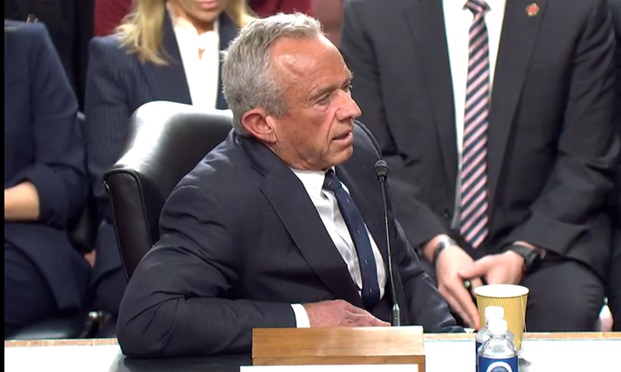In 2010, 5 percent of the U.S. population was enrolled in a consumer-driven health plan, representing 5.7 million adults with private insurance, according to the Employee Benefit Research Institute. That's up from 4 percent in 2009.

Enrollment in high-deductible health plans also increased, from 13 percent in 2009 to 14 percent in 2010.
Among the 17.2 million individuals with an HDHP, 37 percent (or 6.3 million) reported that they were eligible for an HSA but did not have such an account. Overall, 12.1 million adults ages 21-64 with private insurance, representing 9.5 percent of that market, were either in a CDHP or were in an HDHP that was eligible for an HSA but had not opened the account.
Recommended For You
Other findings:
Cost-conscious behavior
Individuals in CDHPs were more likely than those with traditional coverage to exhibit a number of cost-conscious behaviors, such as
- Having checked whether their plan would cover care;
- Asked for a generic drug instead of a brand name;
- Talked to their doctor about prescription drug options and costs;
- Talked to their doctor about other treatment options and costs;
- Asked their doctor to recommend a less costly prescription drug; and
- Developed a budget to manage health care expenses; and checked prices before getting care.
Engagement in wellness programs
- CDHP enrollees were more likely than traditional plan enrollees to report that they had the opportunity to fill out a health risk assessment, and equally likely to report that they had access to a health promotion program.
- HDHP enrollees were less likely to report having access to a health promotion program.
- CDHP enrollees were more likely than traditional plan enrollees to take advantage of the health risk assessment and the health promotion program.
Health information technology
CDHP and HDHP enrollees were more likely than traditional plan enrollees to choose a doctor based on his or her use of health information technology.
Health status
Adults in CDHPs were significantly less likely to smoke than were adults in traditional plans, and were less likely to be obese.
Income and education
While in the past, adults in CDHPs were significantly more likely than those with traditional health coverage to have a high household income, most of the income differences were not present in 2010. However, CDHP and HDHP enrollees were more likely than traditional plan enrollees to be highly educated.
More information can be found in the December 2010 Issue Brief from EBRI.
© Touchpoint Markets, All Rights Reserved. Request academic re-use from www.copyright.com. All other uses, submit a request to [email protected]. For more inforrmation visit Asset & Logo Licensing.






